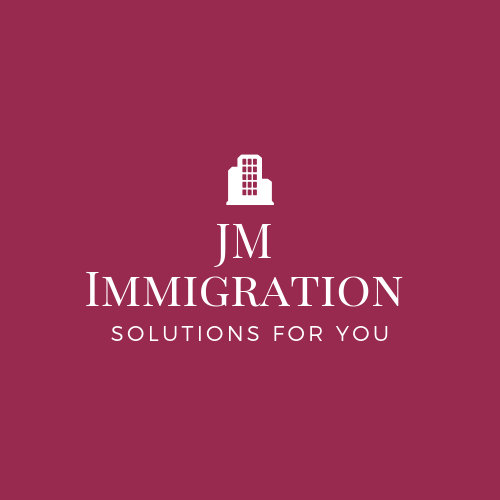Increasing the number of sponsorship applications IRCC will accept for processing to 25,000, up from earlier projections. This change reflects a shift in policy to facilitate more family reunification under the country’s immigration framework. Here’s a detailed breakdown of the program and the recent update as of March 25, 2025.
What is the Parents and Grandparents Program (PGP)?
The PGP is a family reunification initiative administered by Immigration, Refugees and Citizenship Canada (IRCC). It allows Canadian citizens and permanent residents to sponsor their parents and grandparents to become permanent residents of Canada. Successful applicants gain access to benefits like healthcare, the ability to work, and the potential to apply for citizenship down the line. The program is part of Canada’s broader Family Class sponsorship stream, emphasizing the importance of keeping families together.
Key Features of the 2025 Update
Increased Cap: IRCC now plans to accept up to 25,000 complete sponsorship applications for processing in 2025, a significant jump from the 10,000 announced earlier in March and the 15,000 cap set for processing 2024 applications. This includes a mix of applications from the 2024 intake and new ones for 2025.
Source Pool: Unlike previous years (2020–2024), where IRCC relied solely on the 2020 "Interest to Sponsor" pool (which still has around 72,000 unprocessed forms), the 2025 intake will also allow new submissions. This marks a departure from the earlier pause on new applications announced in January 2025.
Timeline: Invitations to Apply (ITAs) will begin rolling out in May 2025, with specifics to be confirmed closer to the date. The process will still use a lottery system to select sponsors randomly from both the 2020 pool and new applicants.
Immigration Targets: The 2025–2027 Immigration Levels Plan initially reduced PGP admissions to 24,500 for 2025 (down from 34,000 projected earlier), but this cap increase suggests a potential adjustment to welcome more permanent residents under this stream, though exact landing targets remain fluid.
Eligibility and Process
Sponsor Requirements:
Must be a Canadian citizen, permanent resident, or registered Indian under the Canadian Indian Act.
At least 18 years old and living in Canada.
Meet the Minimum Necessary Income (MNI) for the past three tax years, based on the Low-Income Cut-Off (LICO) plus 30%. For example, for a family of three (sponsor, spouse, and one parent), the 2024 MNI was around CAD 52,583—2025 figures will adjust for inflation, likely increasing 3-5%.
Commit to financially supporting the sponsored relatives for 20 years (10 years in Quebec) and repay any social assistance they receive during that period.
Sponsored Persons: Parents or grandparents (biological or adopted) and, in cases of divorce or separation, their spouses or common-law partners. They must pass medical, criminal, and security checks.
Application Process:
Potential sponsors submit an "Interest to Sponsor" form during the intake window (expected to reopen in spring 2025).
IRCC randomly selects candidates via lottery and issues ITAs.
Invited sponsors have 60 days to submit a complete application, including proof of income, relationship documents, and fees (around CAD 1,085 per person, subject to change).
Processing Times: As of early 2025, processing averages 24 months outside Quebec and 48 months in Quebec due to additional provincial steps.
Why the Change?
The initial pause on new PGP applications in 2025, announced in January, aimed to clear a backlog of over 40,000 pending applications from 2023 and align with a 20% cut in overall permanent resident targets (from 500,000 to 395,000 for 2025). However, public and political pressure—reflected in posts on X and media reports—pushed IRCC to reverse course. The increase to 25,000 applications responds to demand for family reunification while balancing system capacity, especially after criticisms of prolonged delays and limited access since the 2020 intake closed.
Alternatives if Not Selected
For those not chosen in the lottery, the Super Visa remains a popular option:
Allows parents and grandparents to visit for up to 5 years per entry, with multiple entries over a 10-year validity.
Requires sponsors to meet a lower income threshold (LICO, not LICO+30%) and provide private health insurance.
Recent updates (e.g., accepting foreign insurance providers since January 2025) have made it more accessible.
Implications
This expansion could ease wait times for some families, though the lottery system means it’s still a game of chance. With 25,000 applications accepted, and assuming a 70-80% approval rate (based on historical trends), around 17,500–20,000 parents and grandparents might land as permanent residents in 2025–2026, slightly below the 24,500 target but a step up from recent years’ output. For sponsors, it’s a signal to prepare—update tax records, gather documents, and watch for the intake announcement.
If you’re planning to sponsor, the window to express interest should open soon—likely April or May 2025—so stay tuned to IRCC updates for exact dates and details.




